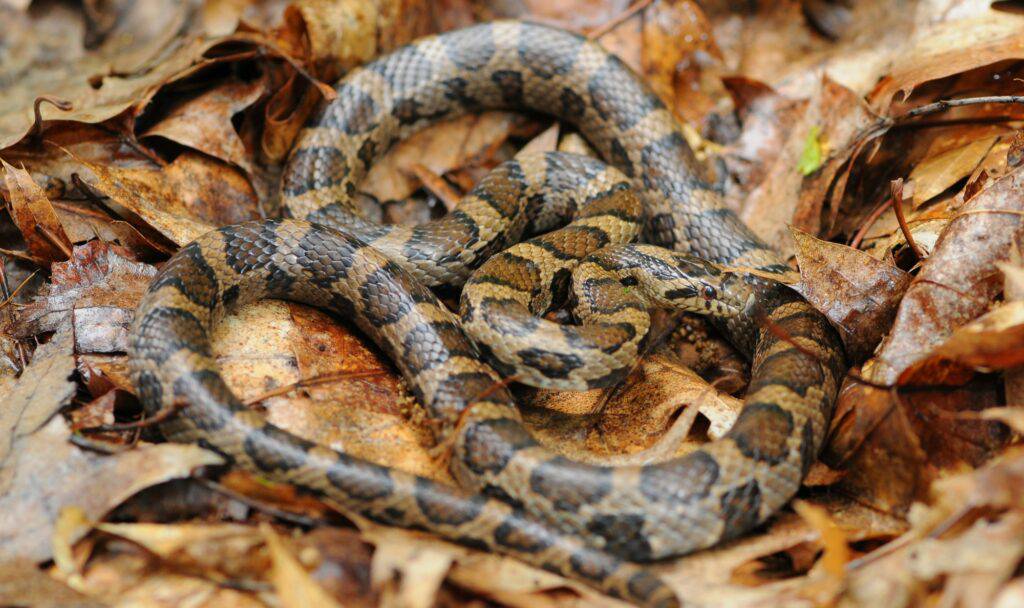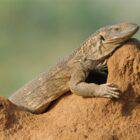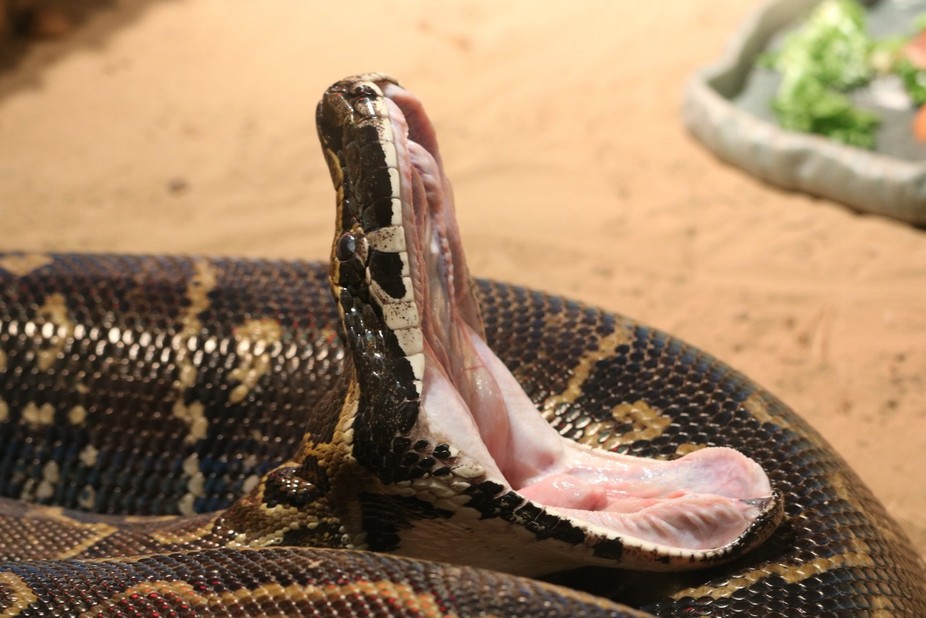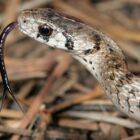Why do snakes enter in brumation state?

Often misunderstood as hibernation, brumation is a unique biological response exhibited by cold-blooded creatures, particularly reptiles like snakes.
Unlike mammals, reptiles are unable to regulate their body temperature internally and rely on external sources for thermoregulation. Brumation, therefore, is a strategy employed by snakes to cope with the challenges posed by temperature extremes.
The Role of Temperature in Triggering Brumation
Temperature plays a pivotal role in the initiation of snake brumation. As ectothermic beings, snakes are highly dependent on external warmth to maintain their metabolic activities.
As the ambient temperature decreases, the metabolic processes within a snake’s body gradually decelerate. This reduction in metabolic rate is not a mere coincidence but a finely tuned response to environmental cues.
Every snake species has its own thermal threshold for brumation initiation. Some species may enter brumation when temperatures begin to dip moderately, while others may wait until the chill becomes more pronounced. These thermal thresholds are finely tuned adaptations that reflect the evolutionary history and ecological niche of each snake species.
As temperatures rise and environmental conditions become more favorable, snakes gradually awaken from their torpid state. This emergence is not haphazard but follows a carefully orchestrated sequence dictated by the internal biological clock. The synchronized awakening ensures that snakes reenter the active phase at a time when prey is more abundant, reproductive activities can commence, and optimal conditions for survival prevail.
Adaptations for Survival
In their quest for survival during the colder months, snakes exhibit a keen instinct for seeking out subterranean shelters. These underground hideaways provide insulation from harsh weather conditions, shielding the snakes from temperature extremes that could be detrimental to their well-being. Whether utilizing existing burrows or excavating their own, snakes adeptly create havens where they can safely navigate the perils of winter.
One of the most striking adaptations during brumation is the slowing down of metabolic processes. Snakes, being ectothermic, rely on external heat sources to regulate their body temperature. As temperatures drop, so does their metabolic rate.
This reduction in metabolic activity allows snakes to conserve energy, enabling them to endure extended periods without food. The torpid state becomes a survival strategy, ensuring that the limited energy reserves are judiciously utilized until the environment becomes conducive for more active pursuits.
The need for oxygen decreases significantly, and snakes may exhibit prolonged periods without breathing or engage in shallow, infrequent breaths. This respiratory adaptation not only contributes to energy conservation but also reduces water loss, an essential consideration in environments where water sources may be scarce or frozen.
The Biological Clock and Seasonal Timing
At the heart of the snake’s biological clock are circadian rhythms, internal processes that operate on a roughly 24-hour cycle. These rhythms are profoundly influenced by external cues, with photoperiod—changes in daylight length—being a particularly influential factor. As the days shorten and nights lengthen, snakes, like many other creatures, receive signals that trigger adjustments in their behavior and physiology.
While photoperiod serves as a reliable indicator of seasonal changes, temperature cues also play a crucial role in fine-tuning the timing of brumation. As temperatures drop, snakes interpret these signals as a warning of the impending winter. This prompts them to commence preparations for brumation, ensuring that they enter dormancy before the most challenging environmental conditions set in.
Snake species have evolved with remarkable precision in aligning their brumation patterns with the seasonal rhythm of their habitats. Timing is of the essence – entering brumation too early might mean a longer dormancy period with potential drawbacks, such as slower growth rates. On the other hand, delaying entry into brumation might expose snakes to adverse weather conditions, risking their survival.
The Energy Conservation Strategy
For snakes, brumation is not merely a period of inactivity; it’s a strategic energy-conserving measure. By slowing down their metabolism and ceasing unnecessary physiological processes, snakes can endure extended periods without food. This adaptation is particularly crucial in environments where winters are long, and food sources are scarce, enabling snakes to preserve energy until more favorable conditions arise.
Nature, in its infinite wisdom, has bestowed upon some snake species the propensity to form communal hibernacula. In these collective refuges, snakes converge in groups, creating a shared space where their bodies intertwine.
This communal behavior serves a dual purpose: it enhances thermal regulation by pooling individual body heat and fosters a sense of protection, reducing the vulnerability of each snake to potential predators. The intricacies of these communal gatherings reveal the social dynamics at play in the seemingly solitary world of snakes.










